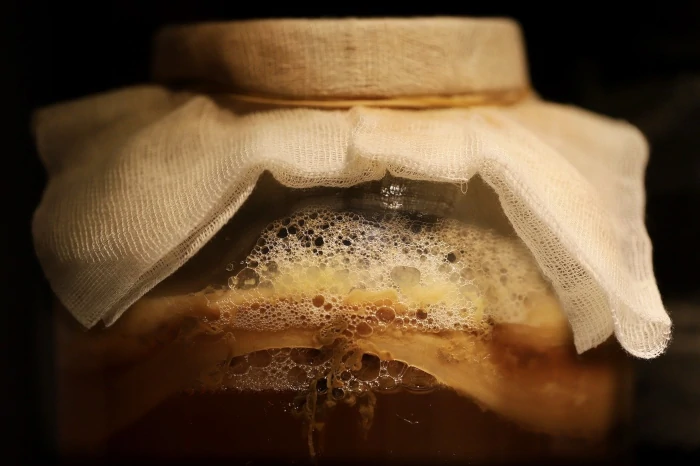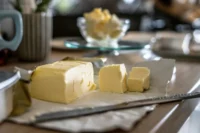
Storing Baby Formula in Mylar Bags
As a prepper, you understand the importance of being prepared for any situation. When it comes to ensuring that your baby’s nutritional needs are met

Fermentation, an ancient method of food preservation and flavor enhancement, has experienced a resurgence in popularity in recent years. From tangy sauerkraut to fizzy kombucha, fermented foods offer a plethora of flavors and health benefits. Central to the fermentation process is a fermenting jar, specialized vessels designed to create the optimal environment for microbial activity. In this article, we’ll delve into the inner workings of fermenting jars, exploring how they function and why they’re indispensable for successful fermentation endeavors.
Fermenting jars come in various shapes and sizes, but they share common features optimized for fermentation:
Fermenting jars play a crucial role in creating the ideal conditions for microbial fermentation. Here’s how they work:
Fermenting jars are indispensable tools for successful fermentation projects for several reasons:
Fermenting jars are essential tools for anyone interested in exploring the art of fermentation. By creating a controlled, anaerobic environment, fermenting jars support the growth of beneficial microorganisms while protecting fermenting foods from contamination and spoilage. Whether you’re fermenting sauerkraut, pickles, or kombucha, investing in high-quality fermenting jars is key to achieving fermentation success. Happy fermenting!

As a prepper, you understand the importance of being prepared for any situation. When it comes to ensuring that your baby’s nutritional needs are met

If you’re a fan of probiotic-rich foods, you’ve probably heard of kefir. This tangy, fermented drink is packed with beneficial bacteria and yeast, making it

Making your own butter at home is a rewarding and surprisingly simple process. With just a few basic ingredients and tools, you can create rich,
We are on holiday till 20th October. All incoming orders will be shipped on Monday the 21th October. Dismiss